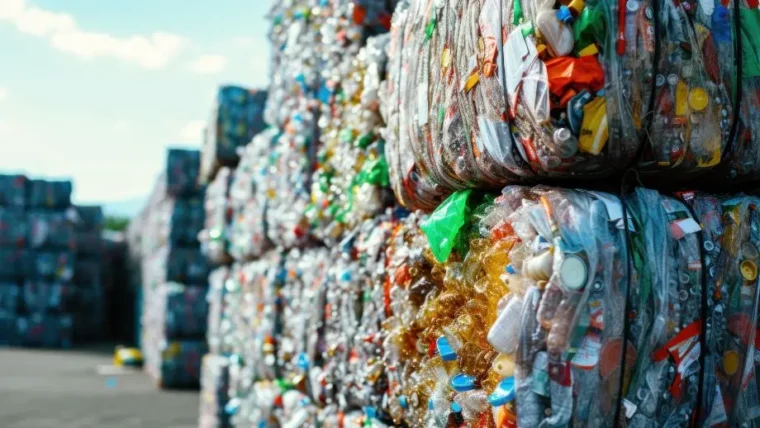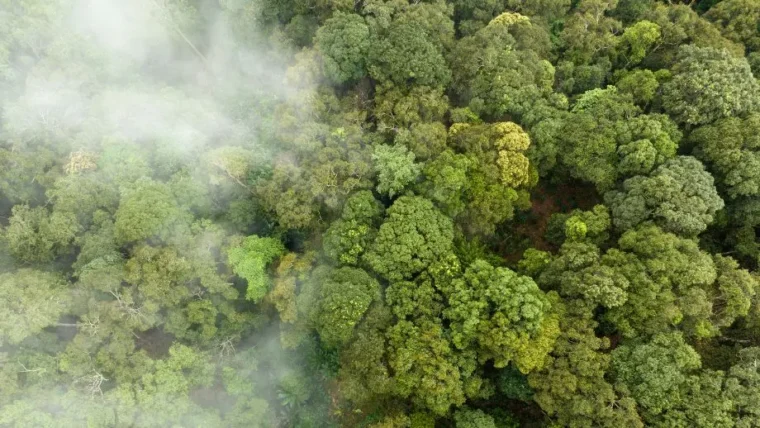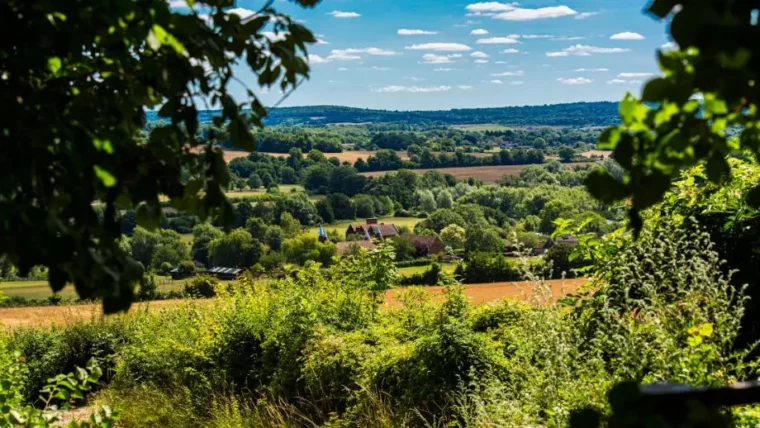What information do I need to apply for an Environmental Permit?
9 March 2016
One of our previous blogs looked at what you need to know about applying for an Environmental Permit. You can read here about when you need one, what type you might need and how to apply. In this blog, we’re going to look at what information you need to get your permit. Unfortunately, it is not as simple as completing the required application forms and sending them to the Environment Agency. So, what do you need to include in your application?
The purpose of an Environmental Permit is to make sure your activities don’t negatively impact on the environment. Your application should provide the Environment Agency with all the information necessary to determine your level of risk and decide on what requirements such as monitoring and abatement to impose on you. It also helps inform them on the level of management they will need to commit to your site.
What documents need to be submitted?
Every permit is different and the information you need to include depends upon your site, the type of permit you need and your individual environmental risks. For installations and bespoke waste permits the usual documents to submit as part of your application include the application forms (for example, part A, part B2 etc), Opra (the Environment Agency’s operational risk appraisal) and a H1 risk assessment. Beyond that, requirements can vary.
The Environment Agency will expect you to manage you environmental risks with some kind of environmental management system. Even if this system isn’t recognised to a standard like ISO 14001 for example, you will still need to have one in place. You may not need to send everything with your permit application but you will need to provide a summary of what it includes.
You should also send a fire prevention plan. This is a risk for all businesses and should be taken very seriously. It should include how fire is prevented at your site and what actions are taken in the event of a fire. A really important element of this is consideration of fire water. You will need to include what you are going to do to prevent it from damaging the environment, for example, what containment measures you have in place.
What else will I need?
This is much more difficult to answer as it is so site specific and will depend on what you are doing and your risks. For example, planning permission is especially important if you are a new site that hasn’t started operations yet but may still be important as evidence if you are already operating. To apply for planning you will have to provide information about your site including information on infrastructure and drainage and this will also be useful for your permit application.
Other documents to submit for your permit application may include a flood risk assessment if you are in an area at risk of flooding. Don’t forget to think about the worst case scenario for flooding, including an increased risk from climate change. You may also need an ecological survey. You will need to decide if one is necessary and it will identify any protected species or habitats on or near your site and also any invasive species that you will have to deal with. You might also need to think about contaminated land and whether a Phase One or Phase Two survey is needed. This is often necessary to determine whether you need to carry out any remediation works (sometimes called a Site Investigation Report). Will your site generate noise, odour or air emissions that could cause a nuisance? If it will, you’ll have to put plans in place to manage those issues and prevent them from becoming a problem.
In other words, every permit will require different documentation for a successful application. If in doubt, send it to the Environment Agency or check with a qualified consultant and make sure that you have covered all of your environmental risks. Even if you think it is insignificant, you will have to demonstrate this. It is better that they have all the relevant information available to them at the time of the application. This should make the application process go a bit smoother and reduce the amount of information they ask for to successfully determine your application. Next week, we’ll be discussing how long this process can take.









